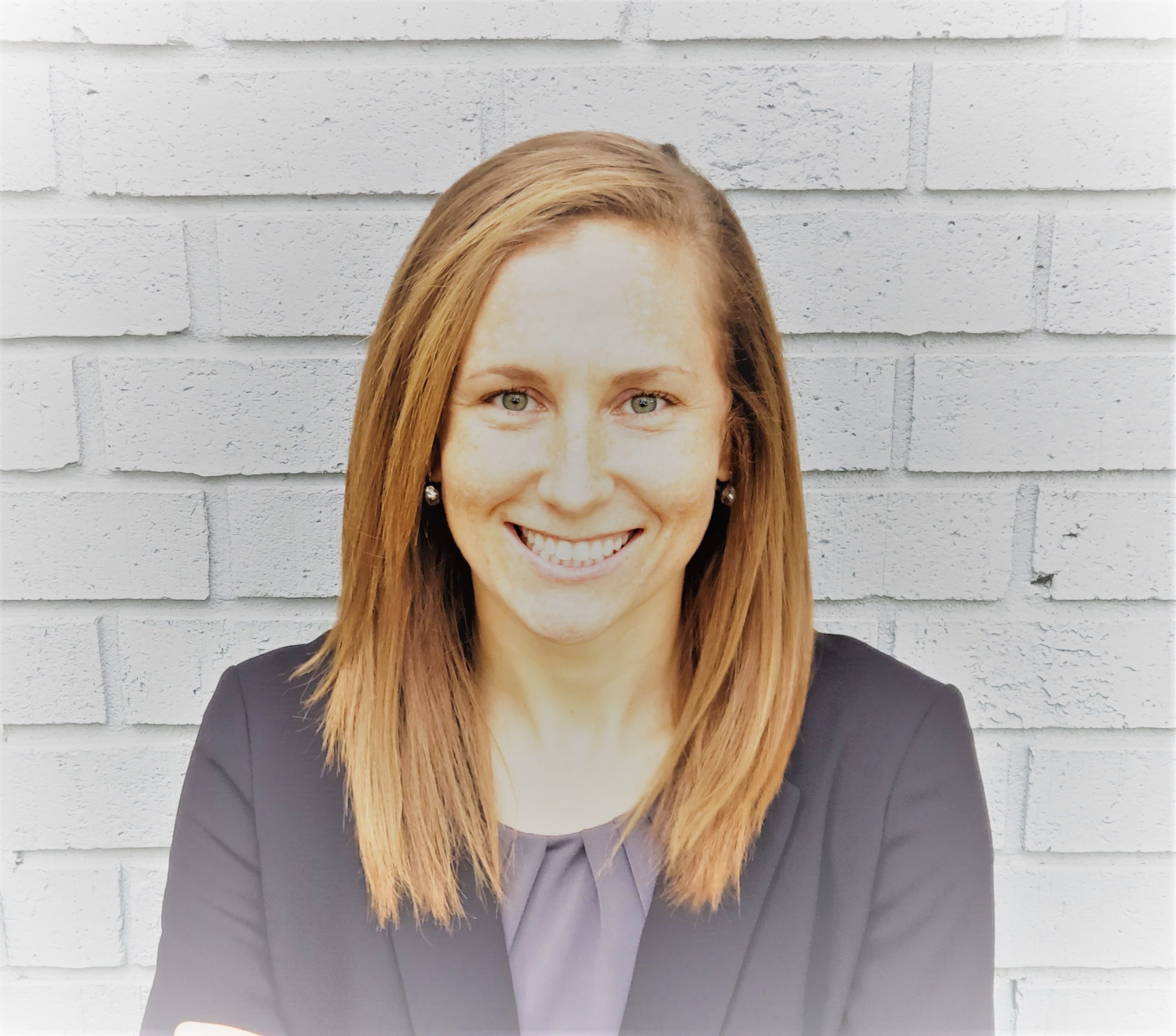DESCRIPTION
Sustainment has been comparatively less examined than other implementation phases. The concept has also been referred to by varying terms including sustainability, maintenance, continued use, and long-term implementation. In this session, we focus on the concept of “sustainment,” defined as an outcome indicating that an intervention was continued over time. From this definition, we provide an overview of a recent narrative review of sustainment measures, highlight the gaps and opportunities in sustainment measurement, and describe the development and validation of a new 3-item, provider-report scale of evidence-based practice sustainment. The session will close with an interactive exercise that invites audience members to critically evaluate an implementation case study and discuss key considerations for selecting sustainment measures.
PRESENTER(S)

Implementation Science Platform Lead
Health Sciences enAble Institute, Curtin University
Joanna C. Moullin, PhD is the Implementation Science platform lead in the Faculty of Health Sciences enAble Institute at Curtin University in Perth, Western Australia. Dr Moullin’s research encompasses a number of topics related to conducting implementation research and implementation in practice. In particular, Dr Moullin has extensive knowledge and experience in implementation theory, implementation research methodologies and measurement development.

Assistant Professor; Director of Dissemination and Evaluation, Psychiatry/ACTRI Dissemination and Implementation Science Center
University of California, San Diego
Nicole Stadnick, PhD, MPH, is an Assistant Professor of Psychiatry at UC San Diego, Director of Dissemination and Evaluation of the UC San Diego Dissemination and Implementation Science Center, researcher at the Child and Adolescent Services Research Center and a licensed psychologist. Her program of federally, state and privately funded research focuses on evaluating the implementation and sustainment of evidence-based practices in community-based health or mental health service contexts. She has received NIH-funded fellowships from the Child, Intervention, Prevention, and Services Research Mentoring Network (2015-2016), the Implementation Research Institute (2017-2018) and the Mixed Methods Training Program for the Health Sciences (2019-2020). She currently leads community-engaged, cross-system health services and implementation research in community settings including federally qualified health centers, low-and-middle income countries, publicly-funded mental health services and HIV/AIDS care programs.

